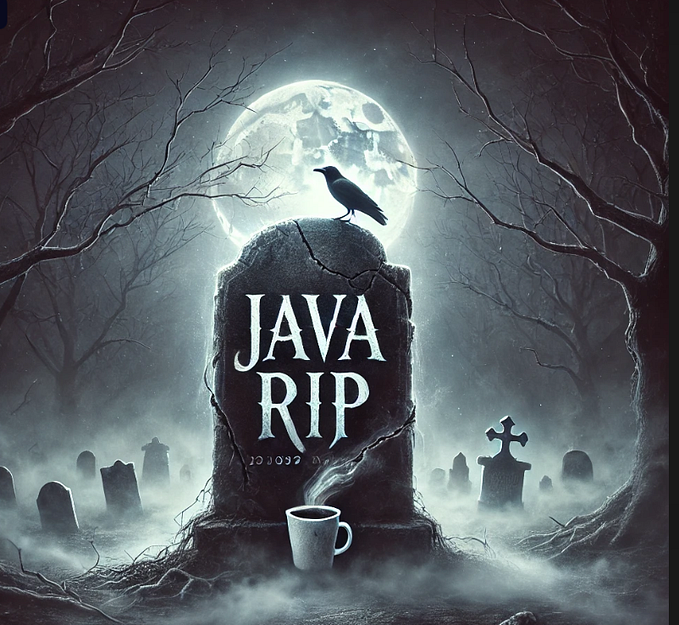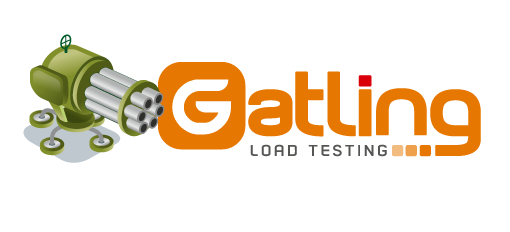What is MVC ?

“Imagine having the power to design complex software systems with ease, and having the ability to simplify and organize your code into clean, manageable chunks. That’s the beauty of the MVC design pattern, in this article, we’re diving deep into how it works.”
“So, if you’re interested in learning about the fundamental concept behind many successful software systems, stick around because by the end of this article, you’ll have a complete understanding of what the MVC design pattern is, how it works, and why it’s so important in the world of software development.
First of all let’s discuss the meaning behind the term MVC.
“MVC stands for Model-View-Controller, an architectural pattern that’s been widely used in software development for decades. It’s a way to structure your code and separate the different parts of a software application into three distinct components: the Model, the View, and the Controller. The Model is responsible for managing the data and the business logic, the View presents the data to the user, and the Controller acts as the glue between the view and the model by handling the input and updates the Model and View accordingly. This separation of concerns makes the code more organized, easier to maintain, and scalable, which is why the MVC design pattern remains a popular choice among developers today.”
Now let’s talk about each one in details.
“The Model in MVC is responsible for managing the data and the business logic of the application. It’s the backbone of the application and contains all the necessary information that’s needed to run that application. Think of it as the brain of the system, it takes care of all the important data processing and makes decisions based on that data.
For example, let’s consider a simple e-commerce website. The Model in this case would be responsible for storing information about the products available for sale, the price of each product, the quantity in stock, and any other relevant details. The Model would also handle tasks such as adding new products, updating existing products, removing products from the system and calculating the total cost of an order. By separating this data and logic into the Model, it becomes easier for the rest of the application to access and make use of it, without having to worry about the complexity of the data management.”
The View in MVC is responsible for presenting the data to the user. It’s the face of the application and what the user interacts with. The View is responsible for displaying the information in a way that’s easily understood by the user.
In the case of the e-commerce website, the View would display the products available for sale, their prices, and any other relevant information such as product descriptions and images. The View would also handle tasks such as displaying the shopping cart and the checkout process. The View doesn’t need to worry about how the data is stored or processed, it simply displays the information that’s passed to it from the Model. This separation of concerns makes it easier to change the appearance of the application without affecting its functionality or the business logic
“The Controller in MVC acts as a bridge between the Model and the View, it’s the glue that holds everything together.
It’s responsible for handling user input and updating both the Model and the View accordingly. The Controller receives input from the user, such as clicking a button or adding a product to the cart, and then communicates this to the Model. The Model then processes the information and updates itself and the database accordingly, and the updated information is then passed back to the View for display.
In the case of the e-commerce website, the Controller would handle tasks such as adding a product to the cart, updating the quantity of a product in the cart, and processing the checkout process. When the user clicks the “Add to Cart” button, for example, the Controller would receive this input, update the Model to reflect the addition of the product to the cart, and then update the View to display the updated cart. By handling the user input and coordinating the interactions between the Model and the View, the Controller ensures that the application works smoothly and efficiently.”
Now let’s talk about the benefits of using MVC in your application
Well, There are several benefits to using the MVC design pattern, including:
- Separation of Concerns: MVC allows for a clear separation of responsibilities between the Model, View, and Controller. This makes the code easier to understand, maintain, and test.
- Reusability: Because the components in MVC are modular and separate from one another, they can be easily reused in other parts of the application or in other applications altogether.
- Flexibility: MVC makes it easier to make changes to the application without affecting other parts of the system. For example, if you want to change the appearance of the View, you can do so without affecting the Model or the Controller.
Say for example there is a company that wants to build a social media app like Instagram MVC would benefit the company by allowing them to easily manage the large amount of data and user interactions that the app handles. The Model would take care of storing and processing the user data, the View would present the data to the user, and the Controller would handle user inputs and updates the Model and View accordingly.
Without using MVC, the code for a social media app like Instagram would likely become cluttered and difficult to manage, leading to longer development times, more bugs, and a lower quality product. MVC allows for a cleaner and more organized codebase, making it easier for the development team to add new features, fix bugs, and improve performance.
There are many frameworks that are built on the MVC design pattern and designed to make web development easier and more efficient. Some of the most popular MVC frameworks include:
- Ruby on Rails: A full-stack framework for building web applications using the Ruby programming language.
- ASP.NET MVC: A framework for building web applications using Microsoft’s .NET platform.
- Django: A high-level Python framework for building web applications.
- Laravel: A PHP framework for building web applications.
- Spring: A Java framework for building web applications.
- Express.js: A Node.js framework for building web applications, which uses the MVC design pattern.
These frameworks provide a structure for building web applications that follows the MVC design pattern, and often include additional features such as routing, template engines, and database integration.
Many companies and organizations use MVC (Model-View-Controller) as a design pattern for their web applications
Some of these companies are:
- Airbnb, GitHub and Twitter web platform was built using Ruby on Rails, which follows the MVC design pattern.
- Instagram’s web platform is built using Django, which also follows the MVC design pattern.
Conclusion
In conclusion, MVC (Model-View-Controller) is a widely used design pattern for web development, as it provides a clear separation of concerns and can lead to more organized, maintainable, and scalable code. Whether you are building a small personal project or a large-scale enterprise application, using the MVC pattern can help you stay organized and focused on the important parts of your application.
I hope this Article has provided you with a better understanding of MVC and how it can benefit your web development projects. check out my YouTube channel (Programming Fluency)and If you have any further questions or would like to share your own experiences with MVC, please leave a comment below. Your feedback and contributions are always appreciated. Thank you for reading! And see you in future articles, bye bye.









